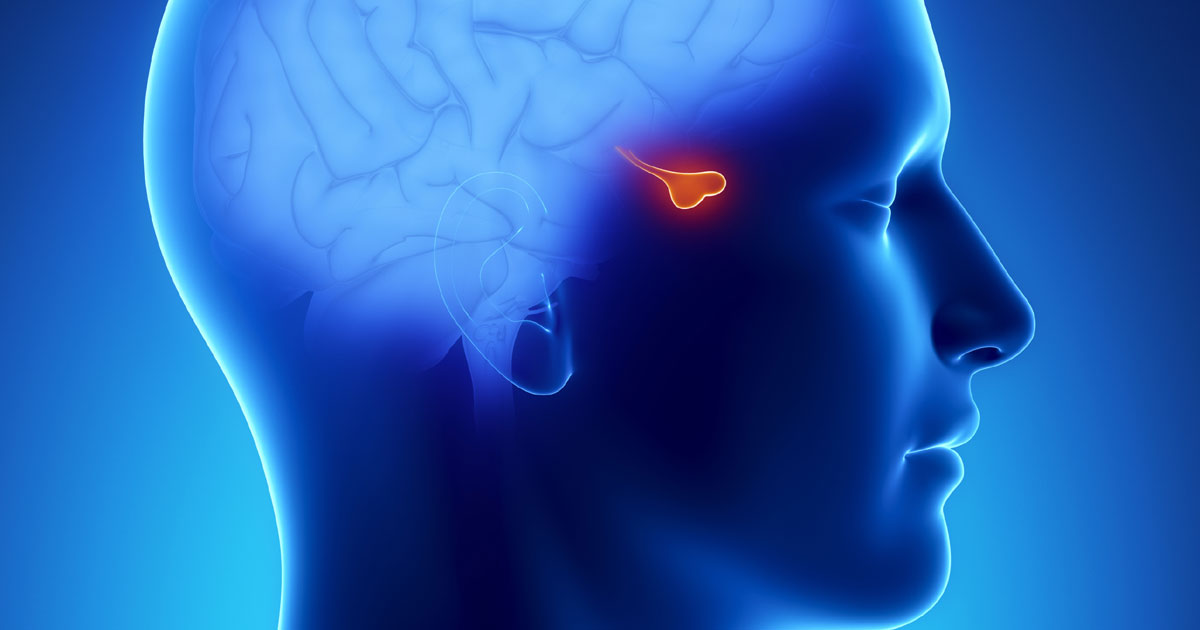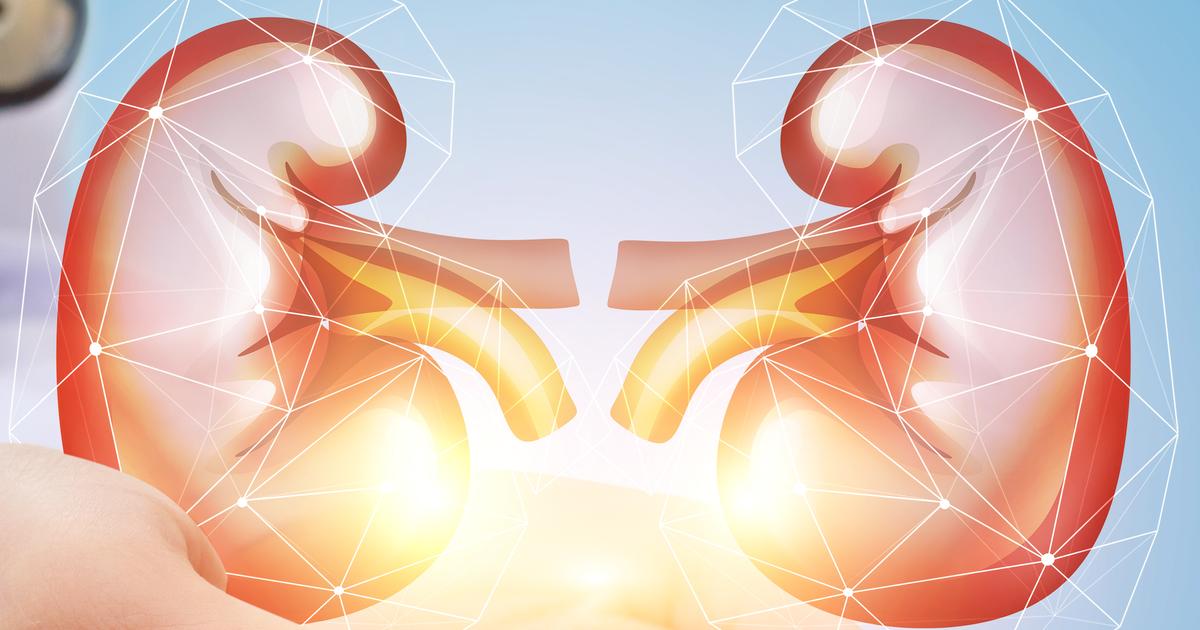Causes, Symptoms, And Treatment Of Diabetes Insipidus
Diabetes insipidus is a rare condition causing a water imbalance in the body, leading to excretion of larger than normal amounts of urine and increased thirst even after drinking plenty of fluids. Although most individuals have heard of diabetes mellitus, typically as either type 1 or type 2 diabetes, this is not the same as diabetes insipidus. There is currently no cure for this form of diabetes; however, treatment options are available to satisfy thirst and decrease the amount of urine output to prevent dehydration and electrolyte imbalances.
Get familiar with the various causes, symptoms, and treatment options for diabetes insipidus now.
Causes

There are two main types of diabetes insipidus. Although they are both related to an antidiuretic hormone called vasopressin, they each have separate causes. Central diabetes insipidus, also known as neurogenic or vasopressin-sensitive diabetes, occurs when the brain’s pituitary gland does not secrete enough of the hormone vasopressin or does not produce it at all. Nephrogenic diabetes insipidus is caused when there are normal production levels of vasopressin, but there is an impaired response to the hormone from the kidneys.
Read about how diabetes insipidus can occur in individuals next.
How It Occurs

Diabetes insipidus occurs when the body fails to regulate how it handles fluids. In healthy individuals, excess body fluids are excreted from the bloodstream by the kidneys. The bladder temporarily stores the liquid waste, or urine, until it is ready to be discharged. Normal functioning kidneys conserve fluid and make less urine when the body is dehydrated or when sweating a lot, such as during exercise. Vasopressin is a hormone produced in the hypothalamus and is stored in the pituitary gland. It governs how much fluid is excreted by the kidneys. Diabetes insipidus occurs when there are imbalance levels of vasopressin in the body.
Learn more about triggers for diabetes insipidus now.
